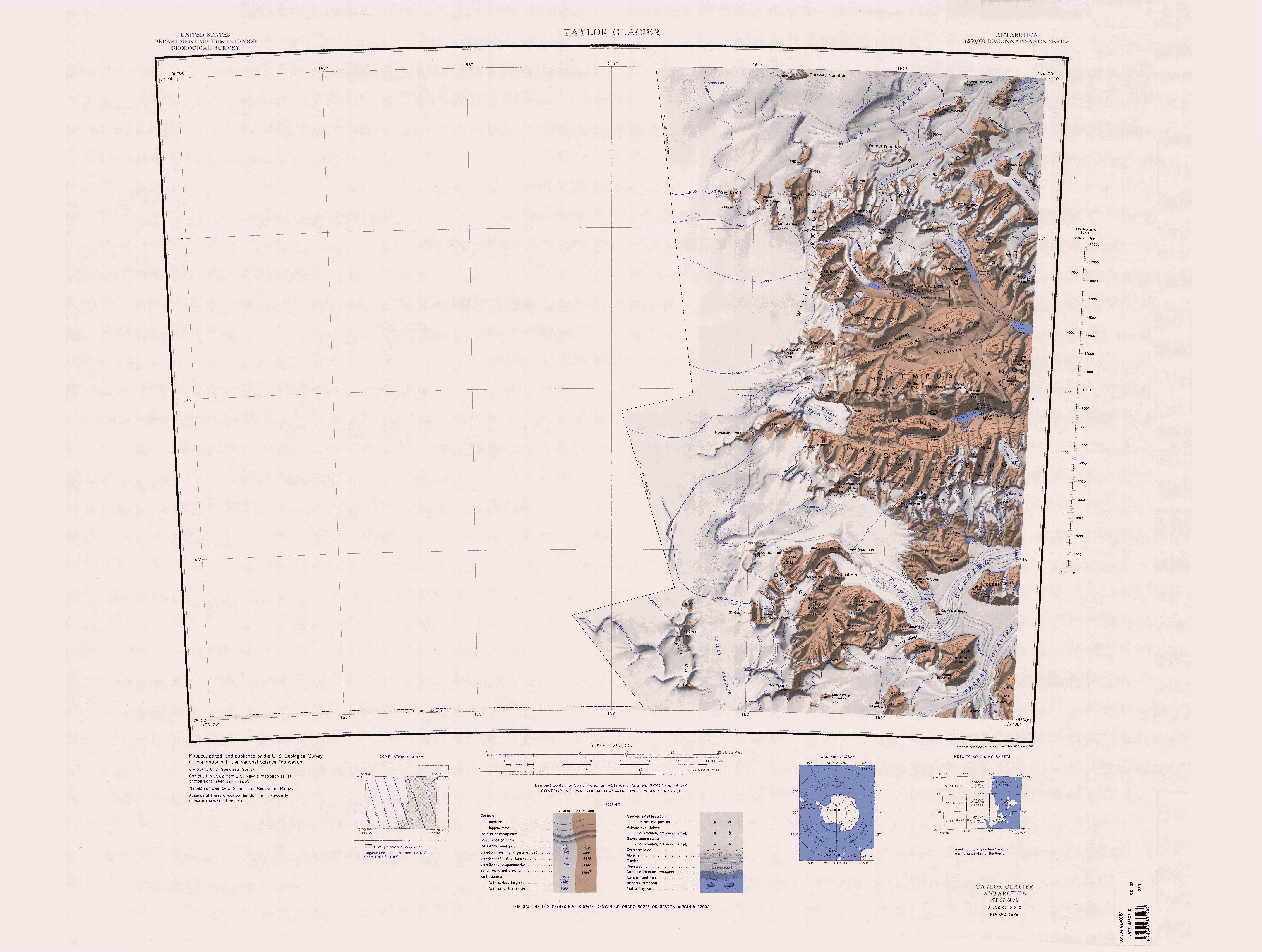|
Portal Mountain
Portal Mountain is a large mountain in Antarctica. The mountain has a broad ice-capped summit, and stands south of the Lashly Mountains, on the south side of the main stream of the Skelton Glacier where it leaves the polar plateau. The mountain was discovered by the New Zealand party of the Commonwealth Trans-Antarctic Expedition The Commonwealth Trans-Antarctic Expedition (CTAE) of 1955–1958 was a Commonwealth-sponsored expedition that successfully completed the first overland crossing of Antarctica, via the South Pole. It was the first expedition to reach the South ... (CTAE, 1956–58),"New Zealand and the Antarctic" by L.B. Quatermain. 1971. A. R. Shearer, Government Printer, Wellington, New Zealand. who named it because of its association with The Portal. References Mountains of Oates Land {{OatesLand-geo-stub ... [...More Info...] [...Related Items...] OR: [Wikipedia] [Google] [Baidu] |
Lashly Mountains
The Lashly Mountains () are a small group of mountains, the most prominent at being Mount Crean, standing south of the head of Taylor Glacier and west of Lashly Glacier, in Victoria Land, Antarctica. Exploration and naming The Lashly Mountains were discovered by the British National Antarctic Expedition (1901–04) and named for William Lashly, a member of the party which explored this area. Location The Lashley Mountains are on the edge of the East Antarctic Ice Sheet. They are west of the Quartermain Mountains and Mount Feather, from which they are separated by the Lashly Glacier, which flows south into The Portal. Mount Crean is the highest peak of the range. Portal Mountain lies to the south of the range, above the Skelton Névé. Geology The Lashly Mountains lie between the intrusive rocks of the McMurdo Dry Valleys and the extrusive rocks of the Transantarctic Mountains. Samples from an unnamed nunatak north of Mount Crean indicated an extrusive origin. The Lashly F ... [...More Info...] [...Related Items...] OR: [Wikipedia] [Google] [Baidu] |
Oates Land
Oates Land is a region of Antarctica. It is variously defined as a portion of the East Antarctica near the coast stretching along and inland from the Oates Coast (see map) and as an officially delineated wedge-shaped segment of the Australian Antarctic Territory. The segment of the Australian claim extends between 153°45' E and 160° E, forming a wedge between Latitude 60° S and the South Pole. It is bounded in the east by the Ross Dependency and overlaps George V Land to the west. Exploration Oates Land was discovered in February 1911 by Lieutenant Harry Pennell of the Royal Navy, commander of the '' Terra Nova'', the expedition ship of the British Antarctic Expedition, 1910–13. It is named after Captain Lawrence Edward Grace "Titus" Oates of the 6th (Iniskilling) Dragoons, who, with Captain Robert Falcon Scott and three companions, lost his life on the return journey from the South Pole in 1912.Geographic Names Information System,Oates Land, United States Geological Surv ... [...More Info...] [...Related Items...] OR: [Wikipedia] [Google] [Baidu] |
Antarctica
Antarctica () is Earth's southernmost and least-populated continent. Situated almost entirely south of the Antarctic Circle and surrounded by the Southern Ocean, it contains the geographic South Pole. Antarctica is the fifth-largest continent, being about 40% larger than Europe, and has an area of . Most of Antarctica is covered by the Antarctic ice sheet, with an average thickness of . Antarctica is, on average, the coldest, driest, and windiest of the continents, and it has the highest average elevation. It is mainly a polar desert, with annual precipitation of over along the coast and far less inland. About 70% of the world's freshwater reserves are frozen in Antarctica, which, if melted, would raise global sea levels by almost . Antarctica holds the record for the lowest measured temperature on Earth, . The coastal regions can reach temperatures over in summer. Native species of animals include mites, nematodes, penguins, seals and tardigrades. Where vegetation o ... [...More Info...] [...Related Items...] OR: [Wikipedia] [Google] [Baidu] |

